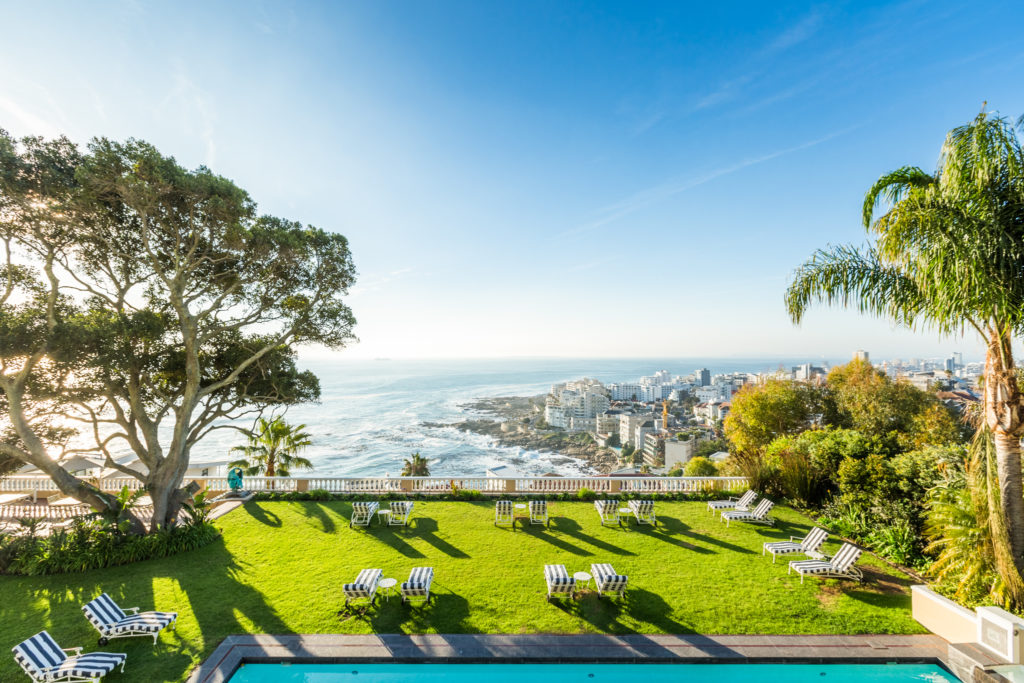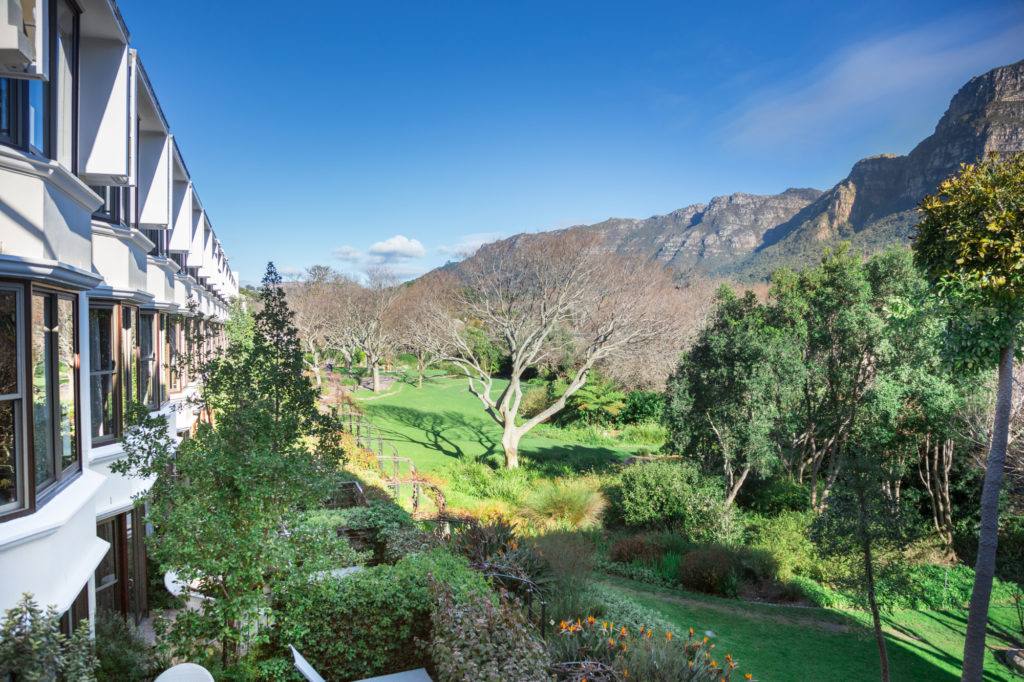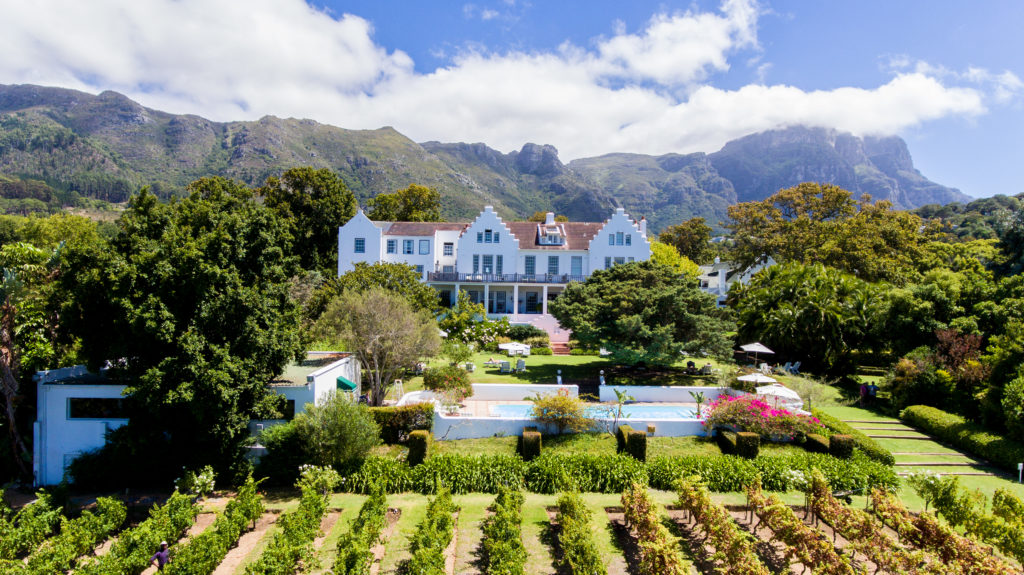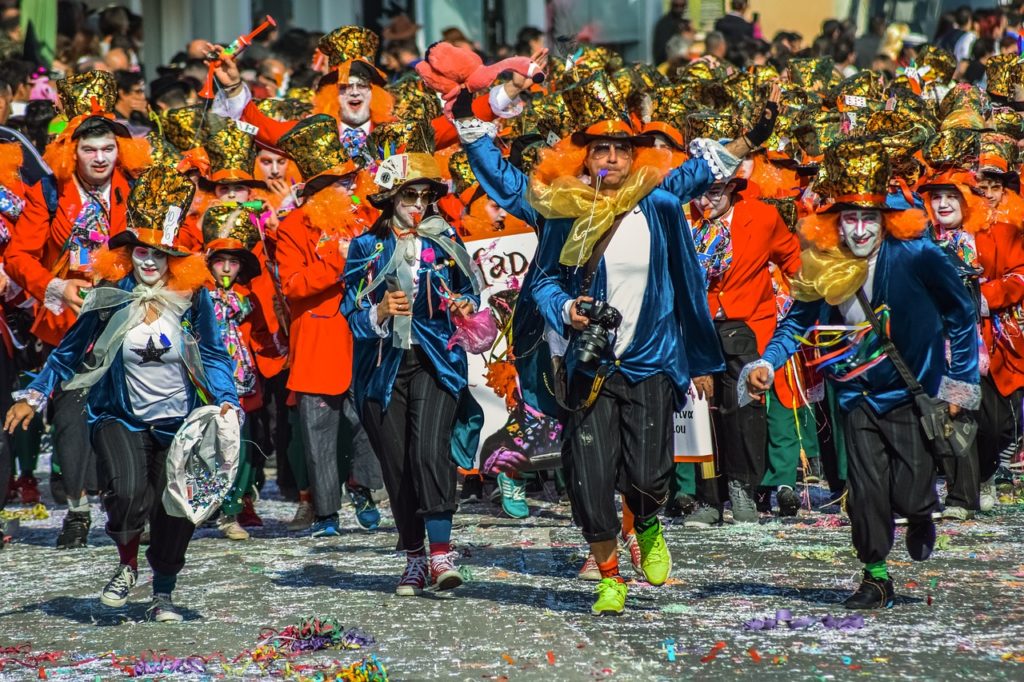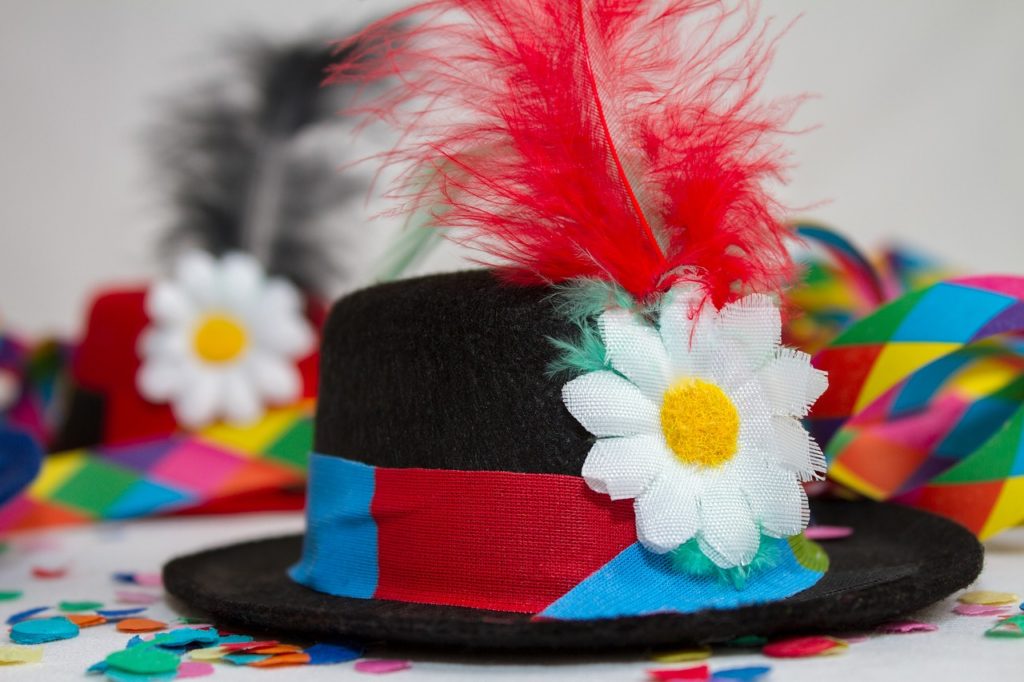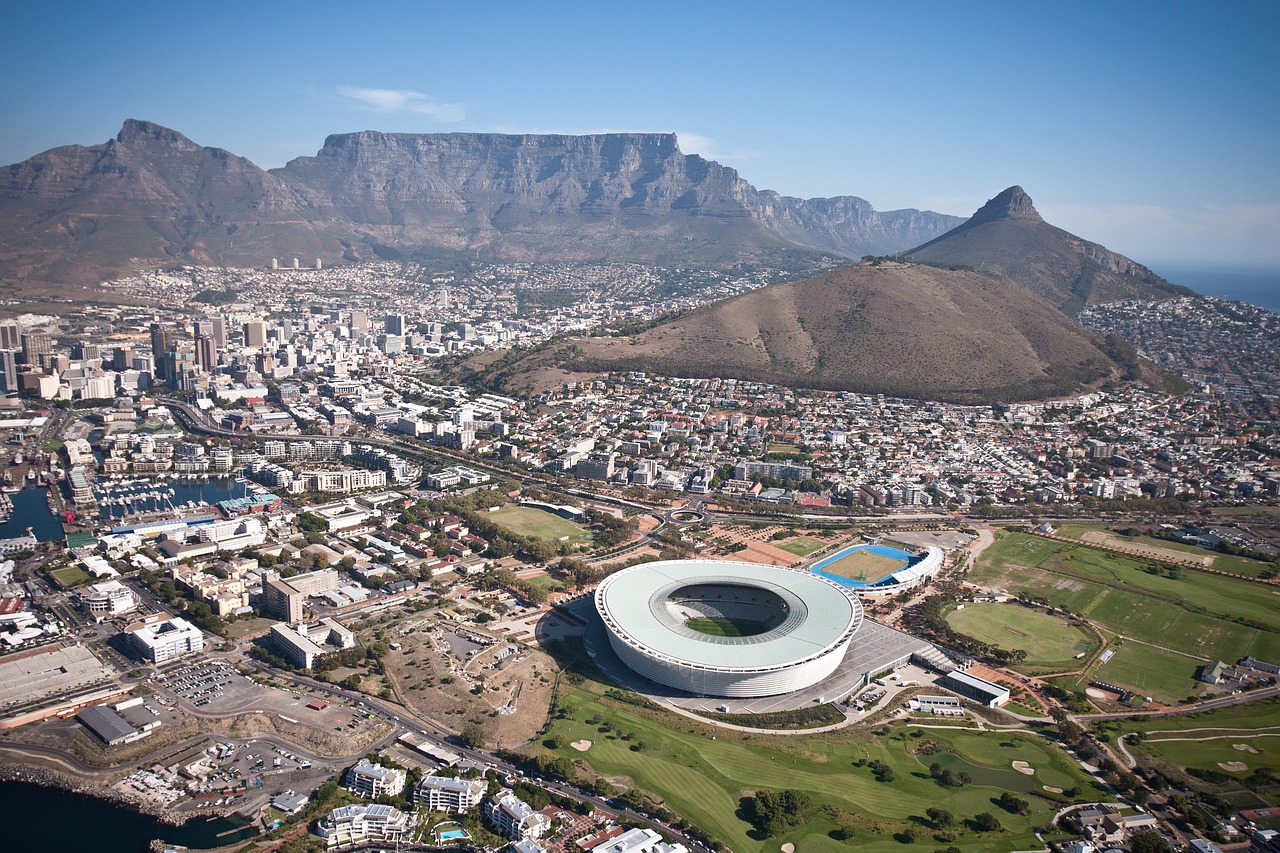
The Evolution of Cape Town’s Minstrel Carnival
The Cape Town Minstrel Carnival, also called Kaapse Klopse, is an annual festival and celebration held on January 2nd. The city becomes alive with performers clad in bright colours and incredible costumes. Singers and dancers take to the streets, giving stunning displays of artistic expression. Around 13,000 minstrels join the parade in their troupes, called klopse, playing music on trumpets, banjos and ghoema drums (traditional drums made from small wooden barrels that were once used by slaves). The event aims to create an exciting and jubilant atmosphere that commemorates the heritage and culture of South Africa.
Carnival Origin and History
Cape Town’s first official Minstrel Carnival was held at the Green Point Track in 1907, but even before then, it was an important date that can be traced back to Cape Town’s colonial era.
Slavery has been present in the city of Cape Town since its founding in 1652 until it was abolished in 1834. At this time, the Dutch East India Company set up a refreshment station for its ships on the shores of Cape Town’s Table Bay. The fertile soil beneath Table Mountain was ideal for settlers ‘and the company imported slaves, mainly from East Africa, Madagascar, and the Bay of Bengal area’ to work the land for them.
Slaves were subjected to a number of terrible hardships and in South Africa, they were given only one day off each year: January 2nd, when slaves were permitted to celebrate the new year in their own fashion. Because of this, the festival came to be known as the ‘Tweede Nuwe Jarr (or Second New Year)’.
Those who were abducted from their homes and brought to South Africa originated from various countries and regions, meaning that many of them did not share the same languages or customs. This resulted in the slaves creating their own unique culture, combining traditions from a multitude of origins. South African History online states that ‘regardless of it being different, the world of the slaves was consequently never completely cut off from the dominant culture. Instead, it continued to interact with it, resulting in shared-shaping of traditions and practices.’
One of the many inspirations for the Tweede Nuwe Jarr celebrations were the American Minstrels, ‘who visited Cape Town in the late 1800s’ donned in colourful tailcoats and wearing blackface. These performers would use offensive impersonations of African-American slaves to entertain others. However, through appropriation and reclamation, the Cape Town Minstrels took these offensive performances and changed them, making them their own. Through this, the slaves were able to create a shared cultural experience, bringing these divided groups together. Today, Tweede Nuwe Jarr not only celebrates the start of a new year, but also diversity and freedom.
A crucial part of Cape Town’s cultural identity, the minstrel troupes have since made important appearances at political meetings and social events, including the State of the Nation address of President Nelson Mandela and the inauguration of the city’s mayor in 1998.
Cape Town Minstrel Carnival Today
Each year, the celebrations bring in crowds of between 60,000 to 100,000 people, all eager to witness the incredible performances of the minstrel troupes. An annual competition is held from the start of the carnival and lasts into mid-February. Every Saturday, the different minstrel troupes perform at the Athlone Stadium, where they are judged on ‘dress, singing ability, and various other performances’.
The modern minstrel costumes consist of brightly coloured suits, face paint (usually white in contrast to the blackface worn by American minstrels), and hats. Some of the performers carry sticks or umbrellas which they strike the ground with as part of the routine. The competition is very important as each minstrel troupe gives ‘a sense of pride and community to the group members, many of whom come from disadvantaged backgrounds’ and so costumes and performances are guarded with the utmost secrecy until the big day.
Visitors can look forward to experiencing the vibrant atmosphere with upbeat music and amazing visual dances and displays. There are a variety of luxurious accommodations in Cape Town such as The Vineyard Hotel, Ellerman House and The Cellars Hohenort which are all just 15-20 minutes away by car, providing quick and easy access to the carnival as well as the many other sites and landmarks that Cape Town has to offer.
While the Minstrel Carnival is free to attend, some guests will go as far as sleeping in the streets the night before to secure a good viewing place for the parade. The event begins at midday, with an extravagant opening ceremony on the Grand Parade an hour later, and the convivial celebrations lasting late into the night. Each minstrel troupe has a unique style for their individual routines, and by watching from the sidelines, spectators can appreciate the months of preparation that have gone into creating these stunning performances.
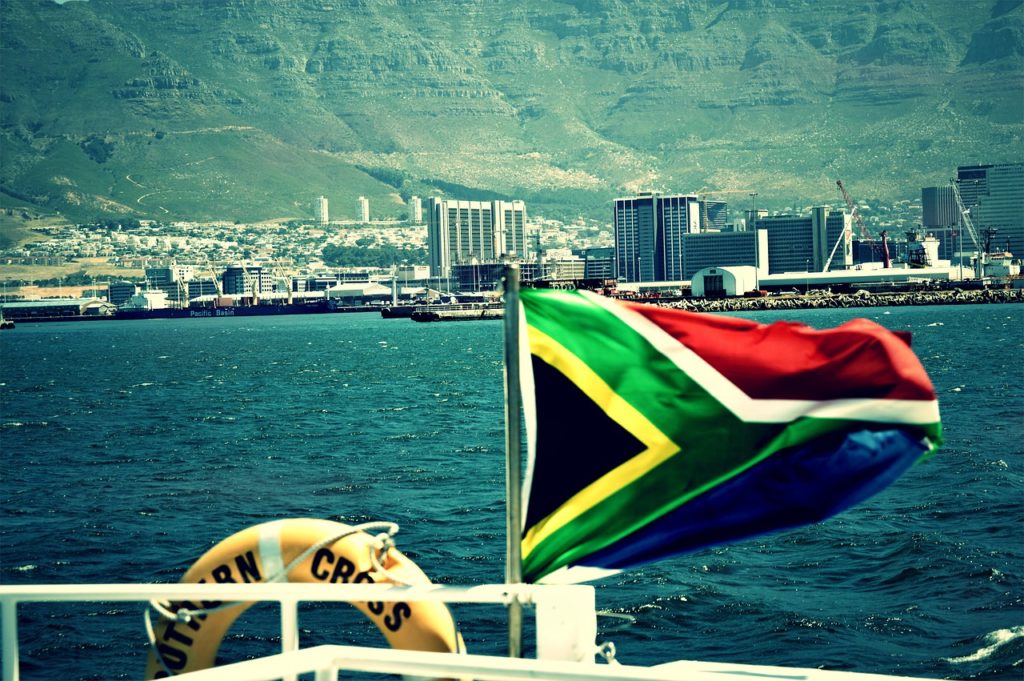
The Cape Town Minstrel Carnival has played a major role in addressing racial tensions, celebrating diversity and strengthening local communities. The day of celebrations allows local people, some of whom are from disadvantaged backgrounds, to showcase their skills through artistic displays and take pride in their heritage. Kaapse Klopse, though originating from a bleak era when people were taken from their families and homes, mistreated and forced into labour, has evolved into a commemoration of freedom and the reclamation of Cape Town’s culture, where the racist western minstrel stereotype has been turned on itself and become a symbol of empowerment.
“From looking at the evolution of Kaapse Klopse, I have been able to learn about why this annual celebration is so important to the people of Cape Town. Learning from history and the terrible things that humans have done is essential to move forward into a brighter and more enlightened world, and the Cape Town Minstrel Carnival is a reminder of the positive change we are capable of.”
